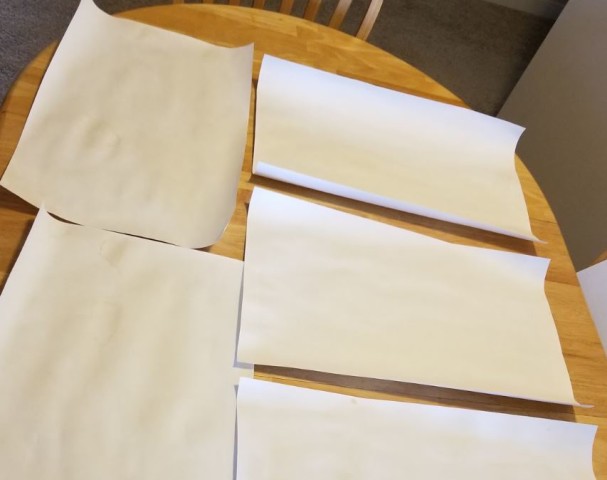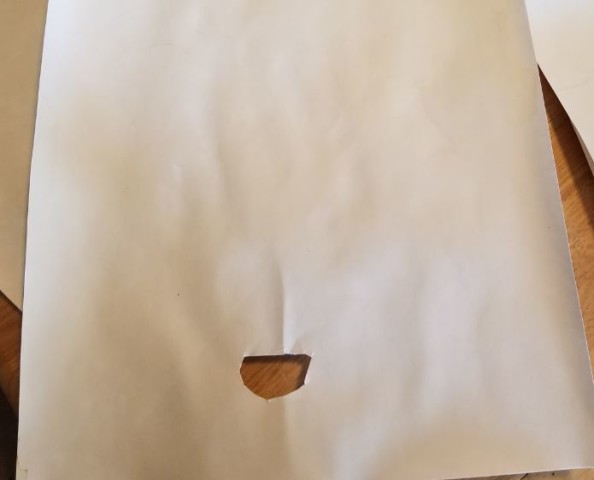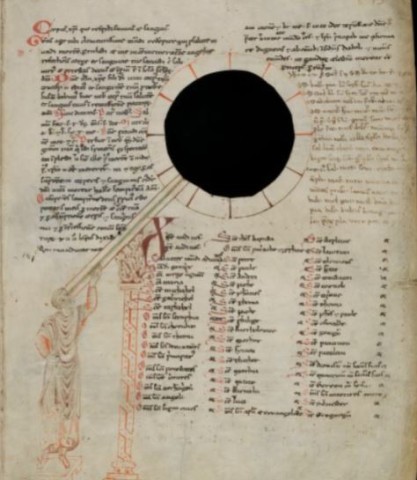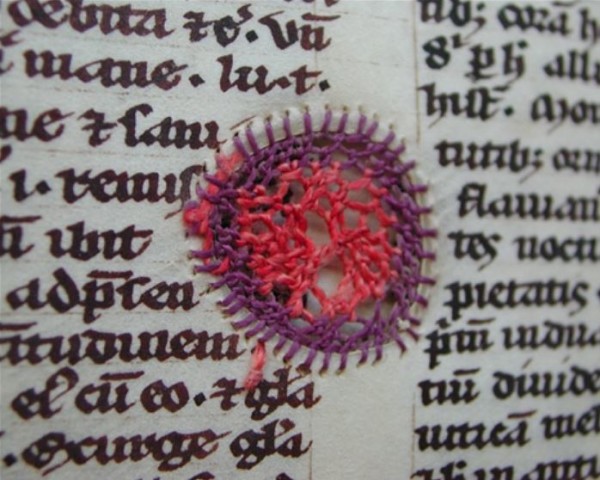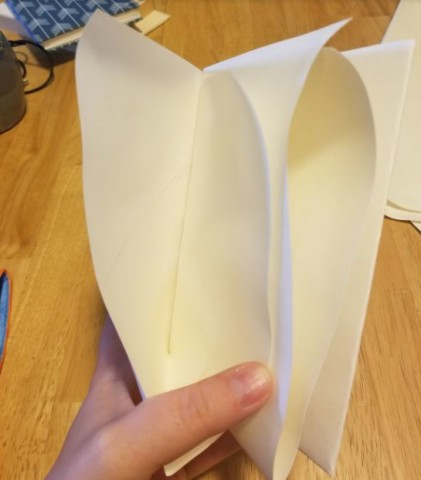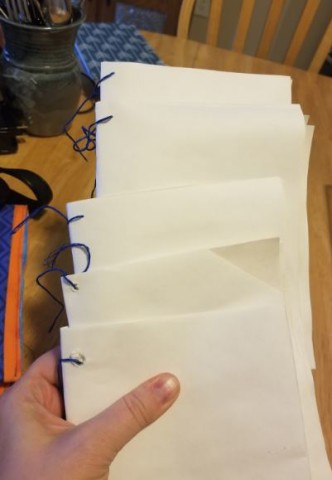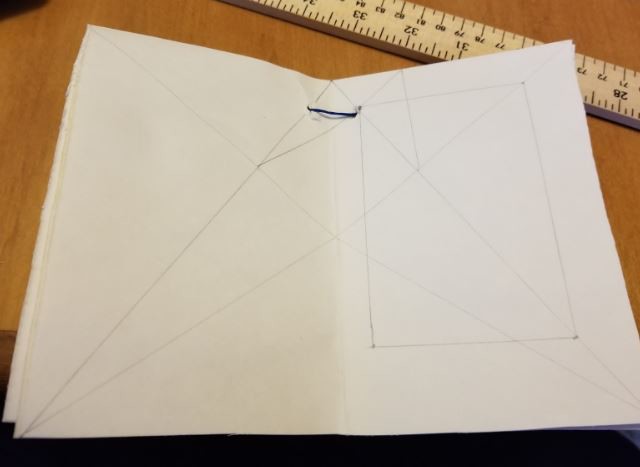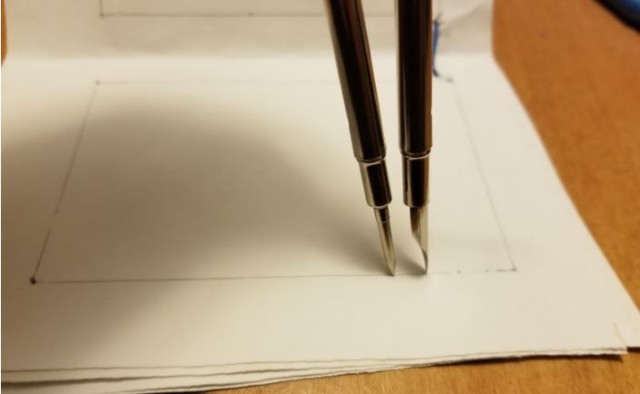A while ago I took a Coursera course on medieval manuscripts, covering both their history and construction. It was super interesting! The (optional) assignments revolved around making your OWN medieval manuscript using whatever text you wanted. It seemed like my classmates picked poems or Bible chapters, but I obviously chose the lyrics to “Baby Got Back” by Sir Mix-A-Lot. It was my gut reaction when told to submit ideas, and I didn’t even question it. Here is a step-by-step look at the process.
Part 1: Making “parchment”
The first step was making our own “parchment” leaves by painting posterboard with a mixture of coffee, water, and vinegar. After drying, they were stained and kind of curly, sort of like the real treated skins would be:
We were also encouraged to “deface” them with holes, cuts, random vein lines etc because a lot of medieval parchment would have similar inconsistencies depending on the quality of the hide used.
The way medieval manuscript makers dealt with such holes is pretty cool. Some incorporated them into the illustrations of their text like this rad illustrations of a dude looking through a telescope:
Or others would repair the hole with colorful embroidery thread:
Spoilers: my plans were for naught because I didn’t realize how I would need to fold and trim the parchment for use, so the holes I made never were in the middle of a page in the finish manuscript.
Part 2: Parchment to Quires
Next it was time to fold the parchment into quires. One big sheet makes what will be 8 leaves:
The quires are kept together with chords (I used embroidery thread), and marked for the order they are to be used in faintly at the bottom:
Part 3: Mise-en-Page
Next a medieval copyist would have prepared the quires for writing by setting up margins, blocking off areas for text and illustrations, deciding how many columns of text to use etc. There are A LOT of different ways of doing this, depending on things like text length and parchment area, but also things like which mystical numbers were most favorable. I wanted to try out something called THE SECRET CANON, because obviously. It has a lot to do with Pythagorean ratios.
Like many monks of old, I used a compass to mark off the distance between lines of text:
Read the rest of this entry »
